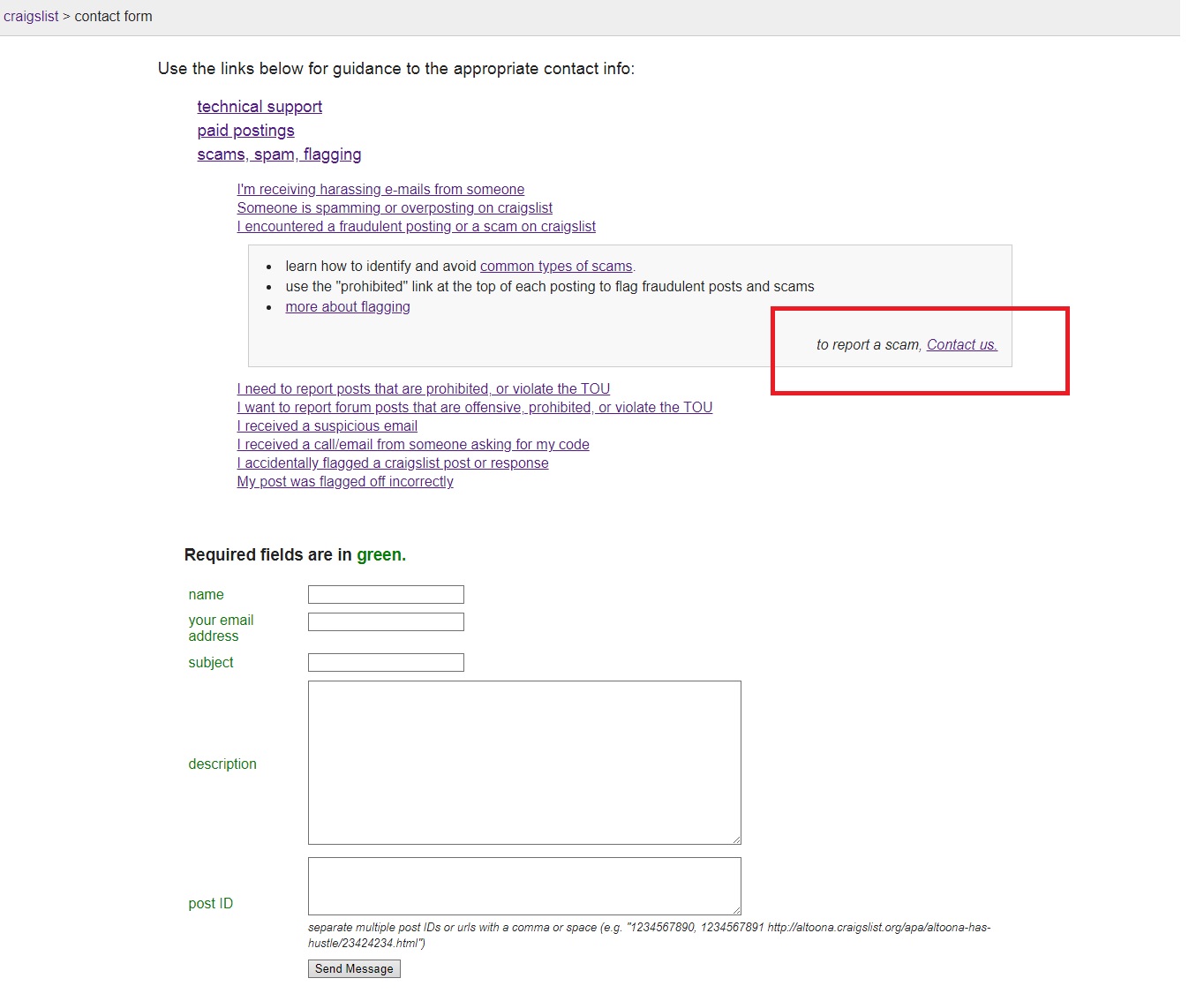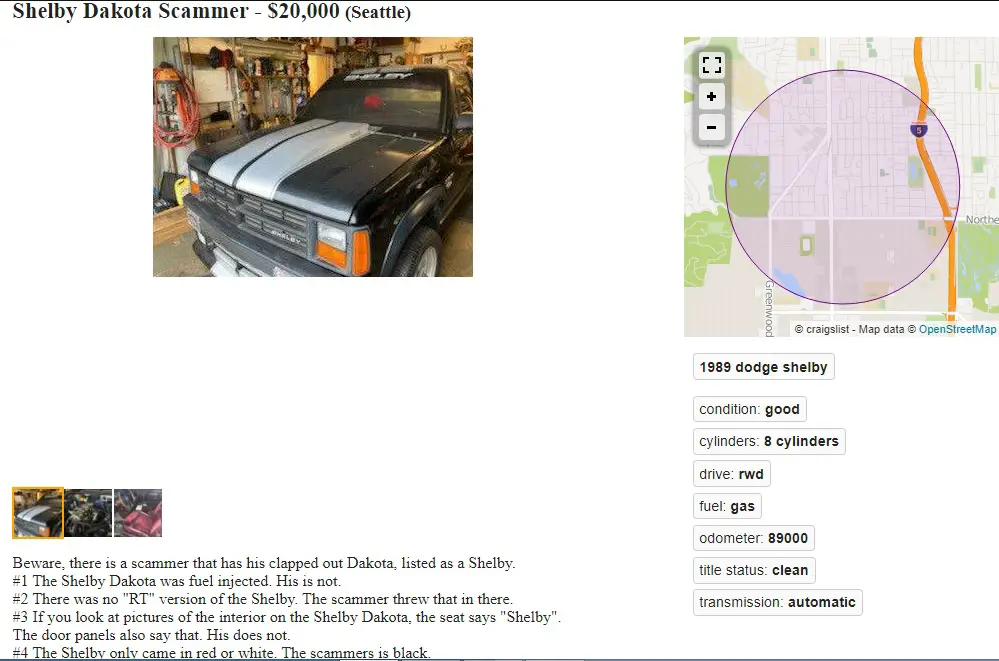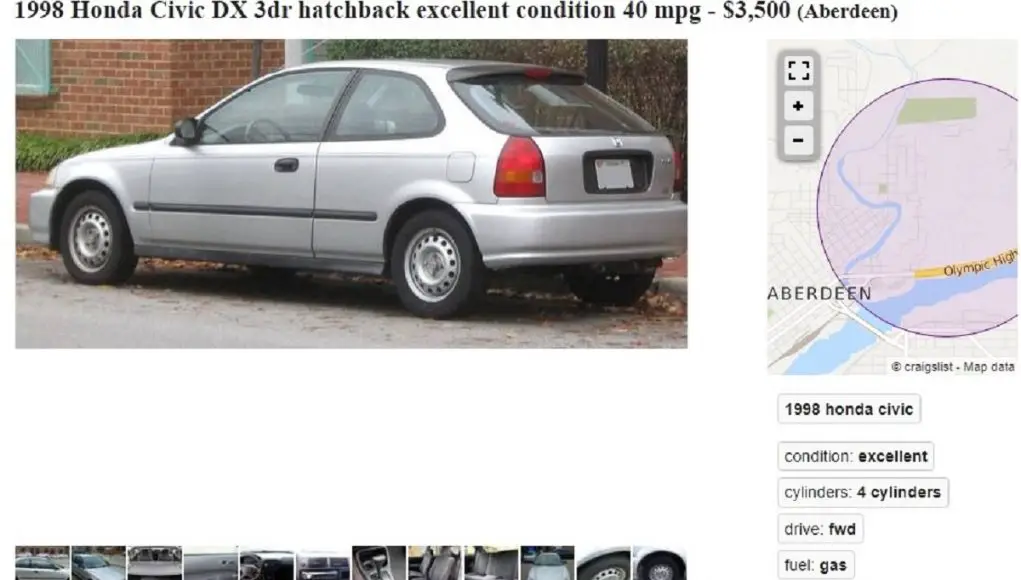Here are steps you can take beyond flagging possibly fraudulent posts.
Craigslist remains one of the most popular places to list a used car. Because of this, it’s also where scammers like to employ their tricks.
Popular tactics include posting up deals too good to be true to entice victims to answer and arrive at the designated meeting spots with thousands of dollars, using stock photos to bait and switch buyers, and plain scamming buyers to pre-pay with gift cards with no actual car to sell.
Smart shoppers are able to spot fraudulent scam-type posts since they stick out like sore thumbs, showing numerous red flags of a bogus post.
It’s our job as good Craigslist users to flag, report, and take extra steps to ensure these posts are taken down and made aware of.
Here’s how.
Step 1: Flag
The primary means Craigslist uses to ID scam posts is through community policing via flagging. If enough people flag a scam post from different IP addresses, it’s a sign for Craigslist’s automated algorithm to automatically take down that post.
How many flags it takes to remove a post is variable. Sometimes, all it takes is one.
Above each ad is a menu of actions users can take. Highlighted is the flag option.

Before you flag, if you’d like to do more than flag, it’s a good idea to document the post. This includes,
- Recording the URL for future reference.
- Listing down phone numbers or e-mail addresses attached.
- Taking screenshots of the most important parts.
Step 2: Contacting Craigslist via their Contact Us page.
Every regional Craigslist has its appropriate Contact Page found clicking on their “help, faq, abuse, legal” sidebar link, then navigating to “Contact Us” under miscellaneous.
Alternatively, replace your city in this URL with your local Craigslist city for the direct link to the contact page.
[your city].craigslist.org/contact
Here’s what Craigslist will tell you and what their Contact page looks like.

When filling out the form type “scam” or “fraudulent post” in the subject and include all information that leads you to believe the post is scam.
Evidence includes links to webpages that show original photos of the car in question, inconsistencies in the description, or you’re aware the number/e-mail listed is involved in scam type posts in the past.
If they’ve used your intellectual property for the scam (photos, videos, etc.) you have the right to file a DMCA takedown, DMCA info linked here.
Step 3: Inform others
Steps 1 and 2 is what most anyone can do on Craigslist, but, here are extra steps you can take.
First, inform others. If you’re a part of your local Facebook group posting up the link and screenshot of the ad and why you think it’s a scam can be effective to prevent other locals from falling for it.
If you’re a part of a fan page for the car, like you’ve spotted an Acura NSX scam post, post it up on that page, too, informing group members of the fraudulent listing.
Ask Facebook members and others on social media to flag that post, too.
Taking it one step further, you can also post up your own Craigslist ad in the same category, informing future car shoppers what to look out for.
Look at what this Craigslist user in Seattle did for a Dodge Dakota.

And remember those phone numbers and e-mail addresses of the scammer you listed earlier?
Google each one and, for the first few links that pop up on Google, navigate to that directory-type site. If you can, leave a comment that the number or e-mail address is attached to a scammer or posts scam posts on Craigslist.
This will inform future Craigslist users researching that same number that it’s part of a scam.
Let’s be honest, scammers can and will change e-mail addresses and phone numbers, but some are dumb enough to use the same ones.
Conclusion
Reporting a Craigslist ad for scam is as easy as 1,2,3: Flag, Contact Us, and inform others.
Beyond that, it’s best to sit back and wait.
You can’t flag a post more than once and, although you’ve done everything possible, scammers will try to find new ways to scam car shoppers on Craigslist.
But at least you’ve done your part.



